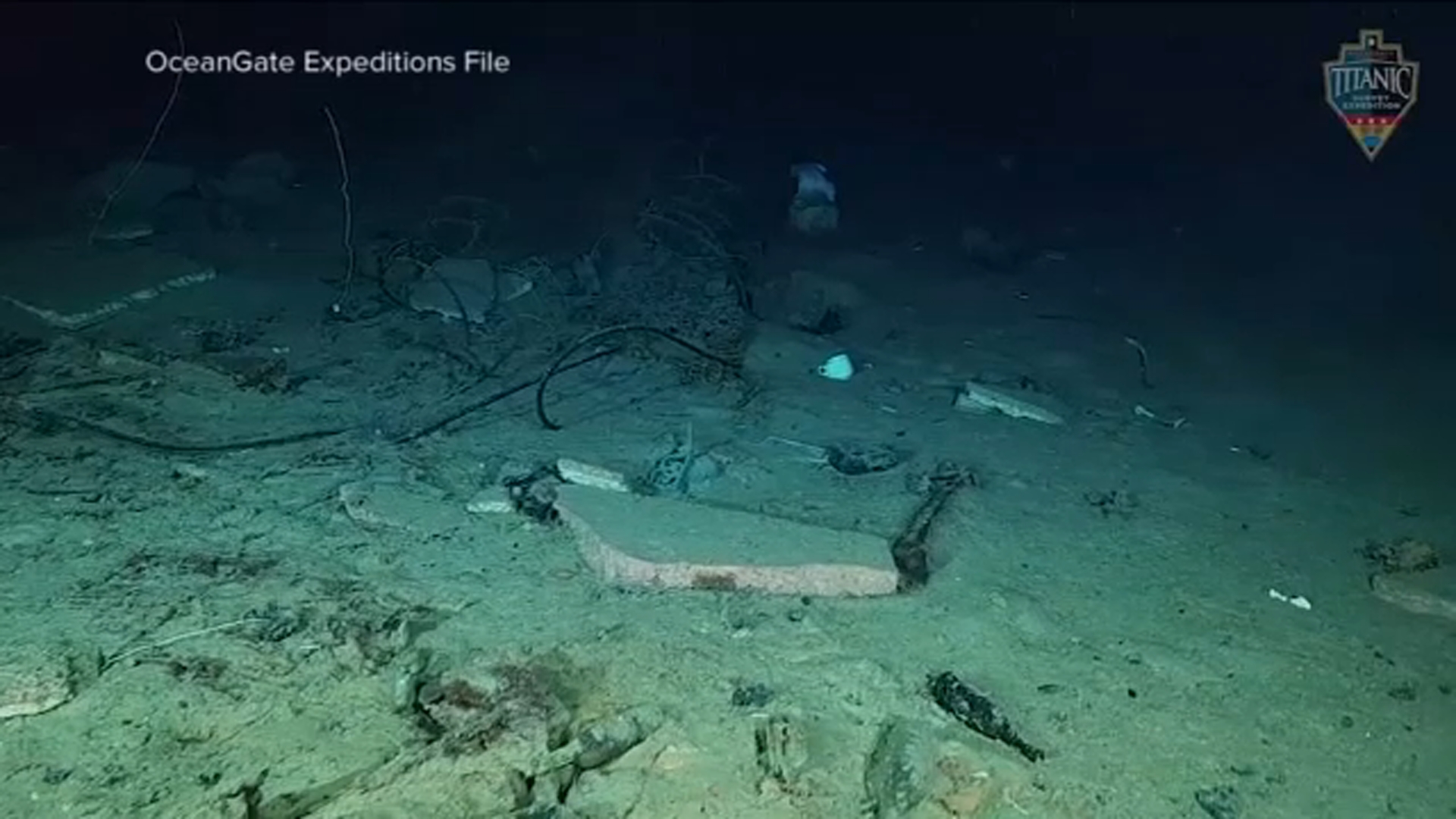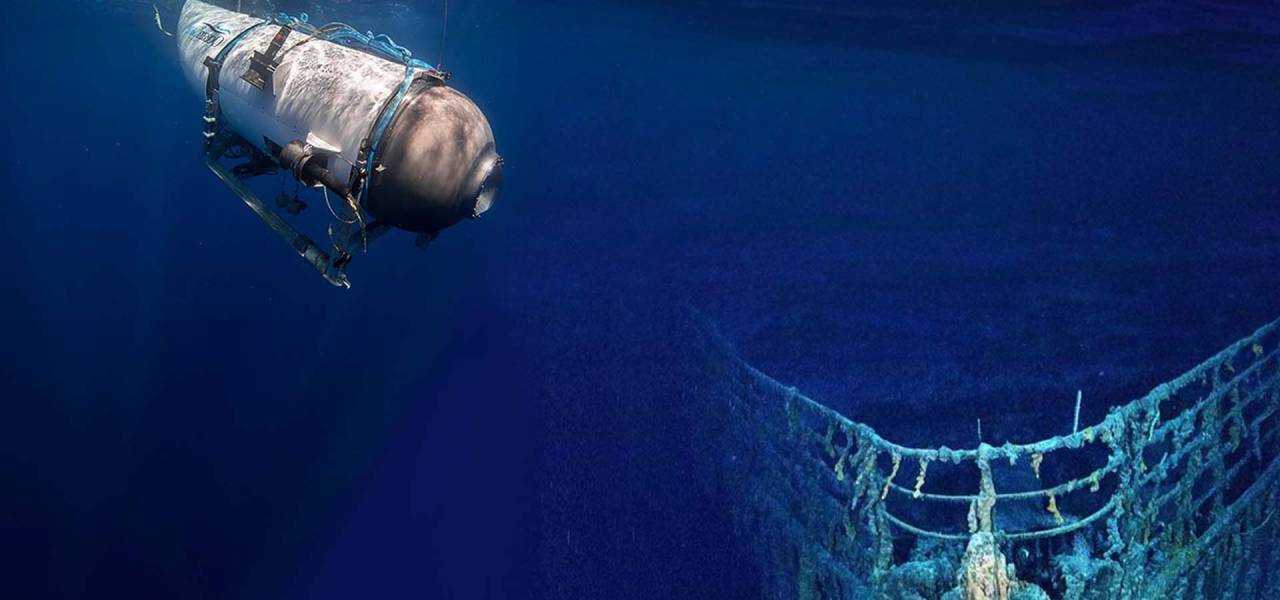We all know what happened with OceanGate’s Titan submarine. Since that day, people would like to know about the “submarine implosion” and it’s something that everyone should know.
Exploring the enigmatic ocean depths is made possible by the wonders of engineering known as submarines.



These ships are built expressly to endure extreme pressures as they travel over the ocean. Implosion, however, is a phenomenon that lurks beneath the ocean’s surface and poses a serious hazard to submarines.
We will go into the fascinating world of submarine implosion in this blog article to know what is a submarine implosion and will be looking at its causes, effects, and amazing forces at work.
What is a Submarine Implosion?
When the pressure inside a submarine is greater than the pressure outside, the submarine will explode. The weight of the water above the deep sea causes it to exert a great deal of pressure.
The pressure rises by around 14.5 pounds per square inch (psi), or 1 atmosphere, for every 33 feet (10 metres), of depth. At really deep levels, the pressure can exceed 1,000 psi, which is mind-boggling.



A higher internal pressure, usually at 14.7 psi, or the pressure at sea level, is maintained by submarines in order to withstand the external pressure.
Talking about the scientific background, Hollywood director James Cameron shared the flaws of Titan Submarine.
This difference in pressure keeps the submarine’s hull solid and keeps water out. However, implosion may happen if the pressure from outside exceeds the structural integrity of the submarine.



Last week, a Titan submarine went missing with four passengers including Pakistani businessman Shahzad Dawood.
Submarine Implosion Causes & Its Consequences
The submarine’s insufficient structural integrity is the main reason for its implosion. The hull is put under tremendous strain by the ocean’s intense pressure at high depths, particularly at weak locations like joints, welds, or areas with manufacturing flaws.
The Titanic submarine implosion is the main reason that made everyone knows about the submarine implosion in detail.
These stress areas could become weaker over time, increasing the submarine’s vulnerability to implosion.



Implosion can occur, and the results can be disastrous. The crew’s lives could be in jeopardy if the submarine is destroyed due to the sudden and quick collapse of the hull brought on by external pressure.
The vessel’s air-filled compartments collapsing causes a loud noise that is frequently heard during the implosion. The submarine may sustain additional damage and the implosion may worsen as a result of the release of high-pressure air.
Fun fact, the missing submarine was already predicted by the Simpsons back in 2006.
Understand Forces at Play
We must comprehend the idea of differential pressure in order to comprehend the forces involved in a submarine implosion. A force acts on the submarine’s hull as a result of the pressure differential between the interior and exterior. Implosion happens when this force is greater than the hull’s capacity.



The hull is forced inward during implosion as a result of the external pressure compressing it. The structural integrity of the submarine is undermined as the pressure rises, which causes buckling, collapse, and deformation. Shockwaves produced by the falling hull travel throughout the boat and cause more harm.
Final Verdict
When the external pressure exceeds the vessel’s structural strength, a fascinating but dangerous phenomenon known as a submarine implosion takes place.
The enormous difficulties faced by submariners, as they travel through the ocean’s depths, are highlighted by an understanding of the science of implosion and the forces at work.



Submariners can reduce the dangers of implosion and guarantee the safety of their personnel by prioritizing meticulous maintenance, inspections, and adherence to depth restrictions.
Continuous improvements in submarine design and construction will significantly improve our capacity to endure the crushing forces of the undersea world as we continue to investigate the mysteries of the deep sea.
If OceanGate had worked on its submarine design, it would have saved all the passengers from the submarine implosion in 2023.
What do you think of the story? Tell us in the comments section below.


















